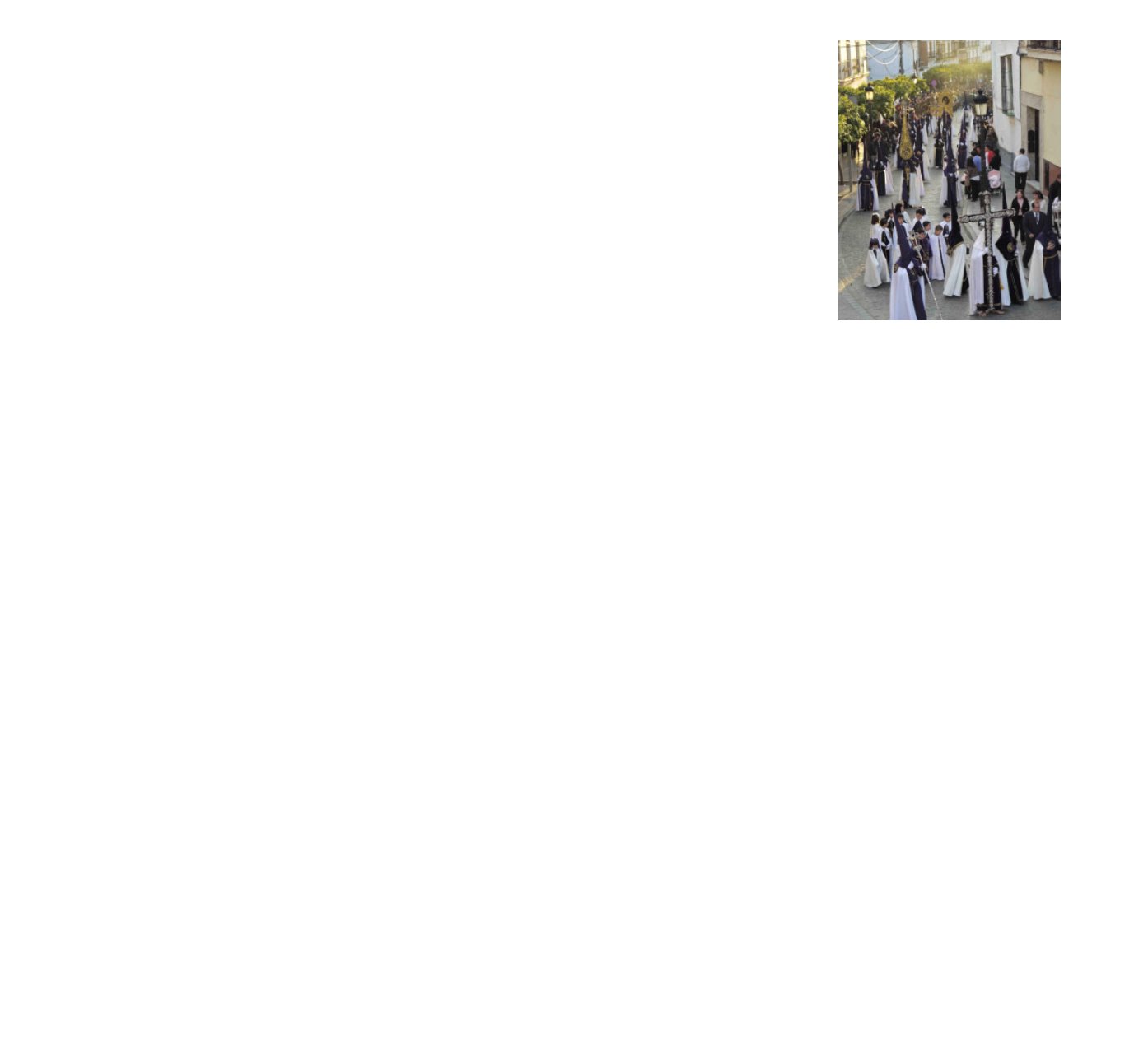
106
98
George Campbell RHA (1917-1979)
Procession, Andalucia
Oil on board, 61 x 45.5cm (24 x 17½”)
Signed, inscribed verso
Exhibited: “Gerard Dillon - Art and Friendships” Exhibition, Adams, Dublin,
July 2013 and The Ava Gallery, Clandeboye, August 2013, Cat. No. 15
Literature: “Gerard Dillon, Art and Friendships”, illustrated p.13
€8,000 - 12,000
George Campbell’s initial interest in Processions may have
been influenced by Gerard Dillon’s works, “Procession,
Tuscany” and ‘Corpus Christi, Roundstone” which were
exhibited at the Irish Exhibition of Living Art in 1949
and 1950. After the War, the two friends went on paint-
ing excursions together to the West and the North of the
Country depicting similar subjects and both had an inter-
est in Celtic design, which Campbell later developed into
decorative cubist landscapes in both his Irish and Spanish
subjects.
Towards the end of 1951, following a trip to Southern
Spain with Gerard Dillon, the Campbell’s traveled to
Andalucía annually for the winter months. Attracted to
the warmer climate and cheap accommodation, George
Campbell held his first solo exhibition in Torremolinos
in the mid 1950’s. An extrovert, Campbell frequented
Malaga’s ‘La Buena Sombra’, a large Inn where the locals
gathered around him to discuss literature, music and art.
Learning the language, he also became an accomplished
Flamenco guitarist. His passion for music transferred to
his painting and he later recalled in an interview in the
1960’s, “I was in Spain at the heart of the very best Fla-
menco and it started to run parallel with my painting.”
Holy Week Procession, Andalucía depicts floats or “andas”
snaking through a street past crowds of people. Often
painting at nighttime,Campbell enjoyed the effects of poor
lighting, “The lighting is so bad, and it carries with it this
added dimension of shadows hopping about in all sorts of
directions…” Depicted in artificial light, the street is set
against a Prussian blue mountainous landscape. Shapes
appear magically distorted and dark-toned tunics, hooded
figures, banners and beating drums in tones of brown and
creamy white capture a moment in time during the his-
torical Easter celebrations the Andalucians celebrate an-
nually known as the Semana Santa.
The Semana Santa is traditionally organized by brother-
hoods, which coordinate the logistics including the car-
riers or “cucuruchos”. Some Processions can begin at
dawn and conclude after dark involving a huge number
of people. The first “anda” bears a heavy statue of a cross-
laden Jesus of Nazareth and can be carried by a hundred
men. The second ‘anda’ is a smaller float born by women
transporting Virgin de Delores, who represents the Virgin
Mary grieving over Jesus crucifixion.
Executed in the late 1950’s’s, shapes appear typically piled
up as the hooded figures form a pattern of shapes or the
shapes appear as a compressed mass in the broad or nar-
row streets. Harmony, colour and rhythm play a major
part employing a strongly individual technique similar to
that of a Composer, “I start out by picking everything out
with one finger on a piano, build it up gradually and hope
that finally I’ll have an orchestra going.”
In 1955, The Belfast Telegraph favorably reviewed the
first appearance of Campbell’s Procession series exhibited
at The Piccadilly Gallery in group show with Gerard Dil-
lon, “ Holy Week, Procession, Malaga, is an outstanding
exhibit in which he gives formal clarity and cohesion to
an extremely involved subject”. Campbell returned to the
subject throughout his life until the shapes become barely
visible, the noise softer and the moving Procession be-
comes shrouded in a mist of soft colour.
Karen Reihill is currently researching Gerard Dillon &
Friends


